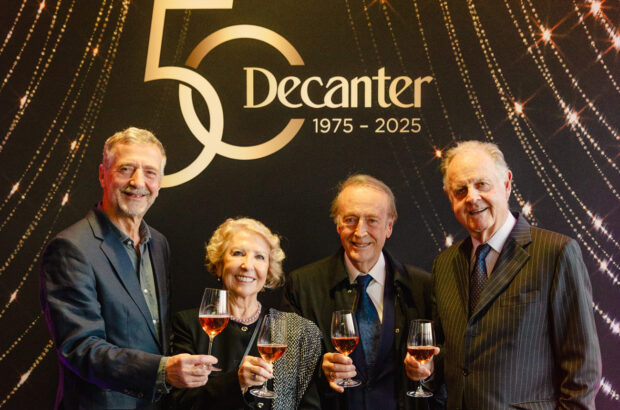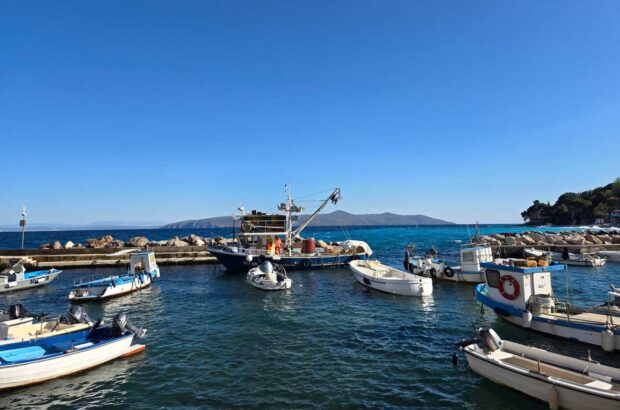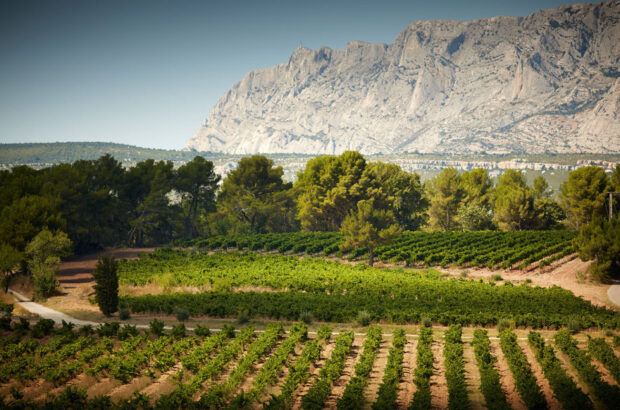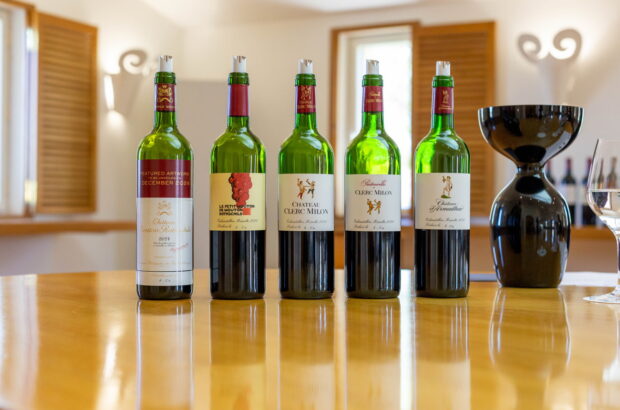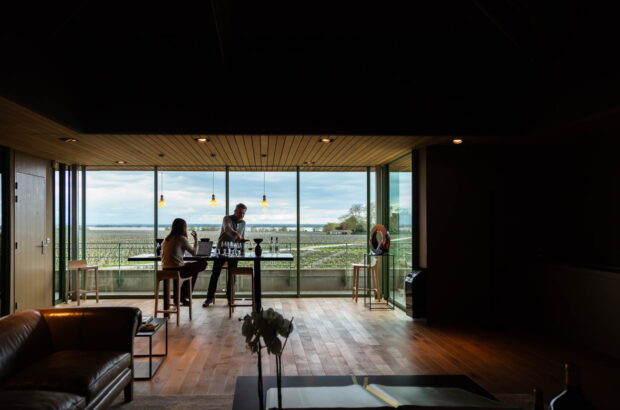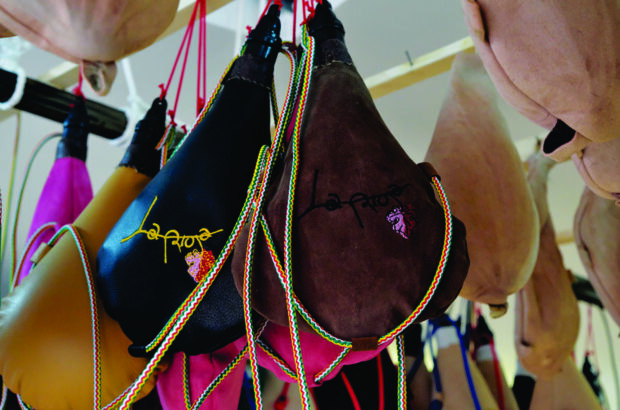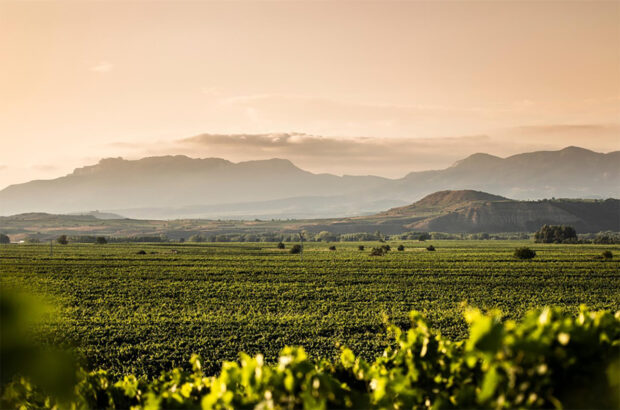Disconcerting: I couldn’t forget this bottle for days afterwards. Still can’t. Back in August, wine critic Lin Liu MW (together with her partner Philippe Lejeune of Château de Chambert in Cahors) came to dinner, en route to a short holiday in Provence. One of the bottles Lin brought for us to try together was the 2018 Les Rocheuses, Parcelles No 5 et 6, from Château Le Rey in Castillon Côtes de Bordeaux. It came in a slope-shouldered bottle, not a classic Bordeaux bottle.
We tried it with some Rhône wines. I kept going back to it. I couldn’t make it taste like Bordeaux – at all. It kept tasting like a mid-Rhône wine – as indeed it did over the two following days. Yet there it was: Castillon, 80% Merlot with the balance from Cabernet Franc, limestone soils, 15% alcohol, oaked. Interesting wine, with many good qualities – but wholly disorientating.
I’d been thinking about bottle shapes ever since chatting to Olivier Humbrecht MW a little earlier this year. The colossal market underperformance of great Alsace wines could be partly rectified, I feel, if they were bottled not in the fridge-unfriendly, culturally codified Alsace flutes but in other kinds of bottle: slope-shouldered, square-shouldered, translucent… just anything to get consumers to think about the often magnificent, site-resonant wines inside them anew, and to give their labels a chance to tell a different set of stories than those which traditional labelling evokes. New bottles would mean a new start for Alsace.
Humbrecht replied that this is an old debate – he thinks the cultural sacrifice involved would be a shame. I respect wine’s cultural dimension, so I accept that part of his argument… but I’d still love to see someone try this, at least for a part of their range. More so, now, following my experience with Les Rocheuses.
Unless you have been given a wine blind and wholly free of context, a wine’s visual cues are dictatorial. They shout, stamp, whistle and roar. In doing so, they can hide knowledge and understanding, rather than nurturing them.
This wine was made without sulphur. It was oaked, but not in a pencilly or cedary style as even Merlot-dominated Right Bank wines can be; it had lots of fresh, almost pippy raspberry fruit. Despite its generous alcohol (which was invisible), it was pure, urgent, acidic, untamed, almost primal. It had sap and lignin rather than textural tannin, and finished with some bitterness; there was a greenness to its freshness, which made me wonder whether it was the result of partial early picking, or even had a whole-bunch component.
The purity was admirable, but it did come with aggression and bite. Progressive, vanguard Bordeaux, rather than classic Bordeaux: the Vignobles K website (this is one of the Kwok family’s Bordeaux properties) confirms that the bottle had been chosen ‘to reflect a philosophy of terroir that you find [or retrieve: que l’on retrouve] in Burgundy’.
‘Nothing,’ I wrote afterwards in my notebook, ‘is where you think it is and nothing is fixed.’ The expectation-jolting bottle may have been chosen to underline terroir… but the sense of terroir conveyed by the wine would be completely alien to the expectations of most Bordeaux drinkers.
It was Castillon – but not as we know it. It didn’t look like a wine from Castillon, and it didn’t taste like one either. So what, exactly, is the Castillon or the Bordeaux that we know? Is it terroir, or a set of conventions, practices and promises, all summarised, framed and projected by a high-shouldered bottle? Answer: both. In equal measure.
I learned a lot from Les Rocheuses. That terroir is a kind of ocean, a horizon of possibilities, over which you can venture in many directions, the most important factor being the ship (the defined estate or vineyard) and the human hand on the tiller. That bottles aren’t merely containers, but create their own mindsets and flavour cues; that they shape reality on the palate. That there is nothing inevitable, necessary or inexorable about the wine world as we know it today.
And that being utterly disconcerted by a wine is a great education.
In my glass this month:
Ruchè: seek it out. I first tasted a wine made from this Piedmontese treasure back in 2012. Not since… until a Luca Ferraris, Opera Prima, Ruchè di Castagnole Monferrato Riserva 2017 reminded me just how much resource this variety can carry. The scents seemed somehow soft and enticingly velvety, brocaded with bramble, plum and mushroom. After those sweet and exotically autumnal scents, the textured, deep, authoritative and mouth-seizing palate enthralled.




